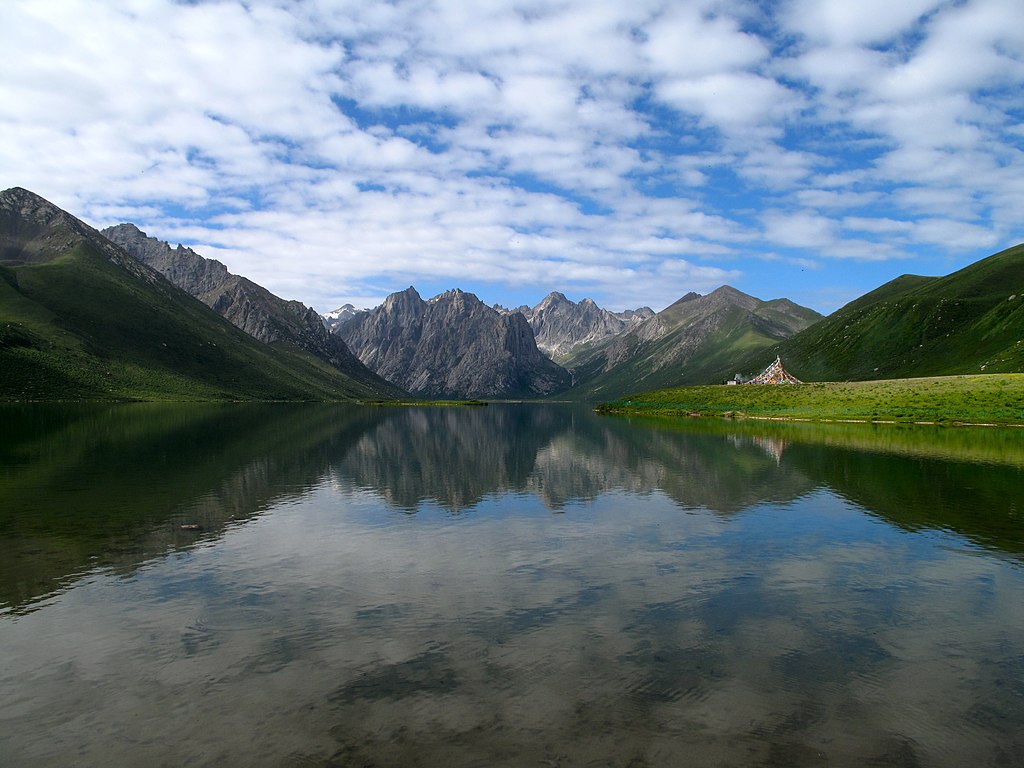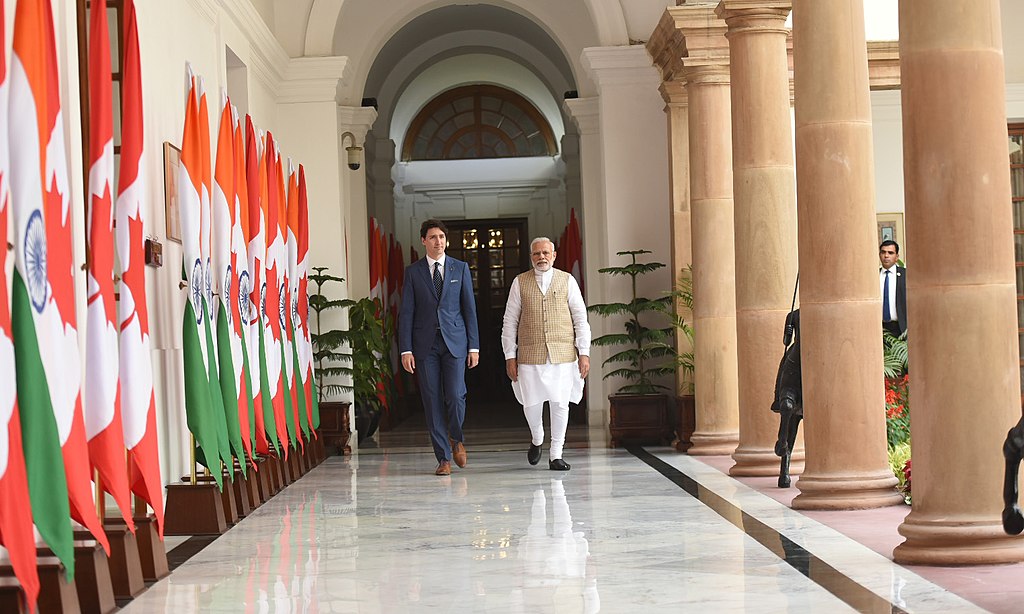This is a summary of the original article by Genevieve Donnellon-May and Zhang Hongzhou that may be found here
Transboundary water governance is one of this century’s most pressing concerns. In Asia particularly, water-related challenges are notably severe, and the absence of effective and sustainable governance mechanisms between countries is a key challenge to transboundary water governance. This is particularly the case for transnational rivers that cross political borders.
The glaciers and mountain springs of Tibetan Plateau and the surrounding Hindu Kush-Himalayan regions, also known as the “Asian Water Tower,” are the source of 10 major Asian rivers. Abundant ice reservoirs and alpine lakes feed an extended river system encompassing the Yellow, Yangtze, Indus, Mekong, Salween, Ganges, Amu Darya, Syr Darya and other rivers, supplying freshwater to downstream areas. About 25 percent of the Earth’s population depends on this system, making it an incredibly important region.
Climate Threats
Recent studies demonstrate that climate change is significantly affecting the region, not just in the short term but also causing significant long-term hydrological, socio-economic, and security challenges. The region has warmed at rates considerably higher than the global average, disrupting the water cycle. At the same time, glaciers are shrinking, groundwater is depleting, permafrost is degrading, and snow cover days are dwindling. From 2050, water availability will decrease in most rivers.
By 2100, estimates suggest that over one-third of Hindu Kush-Himalayan glaciers will have melted, while the glaciers feeding major Asian transnational rivers – the Brahmaputra, Ganga, and Indus – will have shrunk by more than 20 percent. Although total water volume will increase in the short term (due to the shrinking of glaciers) and likely cause floods, the absence of glacier melt without being replenished to historical sizes will have far more devastating effects in the long term. While this will cause a temporary increase in water in the north, alleviating water scarcity in the Yellow and Yangtze River basins, it will also result in a decrease in the south, exacerbating water scarcity in the Indus and Amu Darya River basins.
Implications for Asia
Changes in water availability due to the melting of Tibetan Plateau glaciers could lead to tensions between countries such as China, India, Pakistan, Bangladesh and Nepal that directly or indirectly depend upon these glaciers as a vital water source.
One potential impact of the melting Tibetan Plateau glaciers is that as they melt, they may provide less water during the dry season, leading to water shortages and friction between countries over shared access to water.
Another likelihood is the risk of natural disasters such as landslides and flash floods due to the melting of the glaciers which can cause significant damage to infrastructure and crops leading to disputes between countries over how to address and mitigate the impacts.
China, the “upstream superpower” of many of Asia’s longest and most important rivers, does not have an independent transboundary river policy. Instead, the management of transnational water resources falls under the much broader framework of foreign relations. Given China’s distrust of multilateral frameworks to resolve international disputes, Beijing has not signed any transboundary water-sharing pact with its neighbors, causing concern in the downstream region over access to and control of shared water resources.
China’s primary approach to water management is engineering-focused, including the construction of hydropower dams which can impact water supply by affecting river flow to the downstream region. Given that many of China’s hydropower dams are located in Tibet on the upstream of transnational rivers like the Brahmaputra, downstream countries like India have raised alarm due to the potential geopolitical repercussions of China’s unilateral mega hydro-engineering projects on the upper reaches of cross-border rivers. There are fears that China could use this infrastructure to “turn off the tap,” reducing or entirely halting the water flow to downstream countries.
Furthermore, through the Belt and Road Initiative, China has been investing heavily in the hydropower sectors of neighboring countries. Some of these hydropower projects are located in international rivers and disputed territories, triggering concerns from other regional countries. For instance, some of China’s hydropower investments in Pakistan under the CPEC have been met with protests by India.
Meanwhile, India has also received criticism for its own hydropower ambitions and plans. It has been accused of undertaking similar unilateral actions on the rivers that travel downstream to countries such as Bangladesh and Pakistan. New Delhi’s $1.18 billion Pakal Dal hydropower facility, expected to be completed in 2023, is built on the Marusudar river, the largest tributary of the transboundary Chenab River, which crosses from India into Pakistan. Observers suggest that the hydropower facility will improve India’s energy security while reducing Pakistan’s ability to build similar facilities on its side of the border.
India is also a big hydropower investor in the region with huge projects in Bhutan and Nepal, such as the Chukha Hydroelectric Project, Bhutan’s largest hydropower plant that generates electricity for export to India and yields significant revenue to Bhutan. While these investments have contributed to the availability of electricity and economic development in these countries, there are also concerns regarding India’s control over these countries’ water and power supplies.
Need for Transboundary Water Governance
Reconciling rising water demand and falling supplies is one of the biggest challenges countries will face in transboundary governance. By 2050, total water demand is expected to increase by 11 percent, and by 2090 by 18 percent. Given the water demands on shared river basins, how can shared water resources be efficiently, sustainably, and equitably governed? How will countries respond if water demand in the region far outstrips supply?
These interlinked concerns call for implementation of intensive water management measures and cross-border benefit-sharing initiatives, along with two crucial but often overlooked areas.
The first is the role of the agricultural sector in water governance. Since agriculture is the biggest water user (accounting for 70 percent of water use worldwide), governments must re-evaluate policies aimed at encouraging food exports against the water impact. For some countries, rather than relying on water transfer projects to produce food, international trade can increase food availability and reduce regional water stress. This is an important step towards sustainable water management.
The second is the link between a country’s hydropower development ambitions and regional water conflicts. Hydropower has positive and negative implications for climate change and transboundary river conflict. Considered key to reducing carbon emissions, hydropower has been prioritized by countries such as India and China, which have ambitious plans to cut coal consumption. However, building hydropower plants and reservoirs can itself contribute to carbon emissions, while frequent climate shocks have significantly increased the uncertainty of hydropower as an energy source.
Furthermore, hydropower development can adversely affect river ecosystems and cause water shortages further downstream, potentially leading to disputes and even war between countries. Careful management of hydropower resources is essential to ensure its positive effects and avoid transboundary river conflicts.
The views expressed herein may not necessarily reflect the views of JI FAD and/or any of its affiliates






